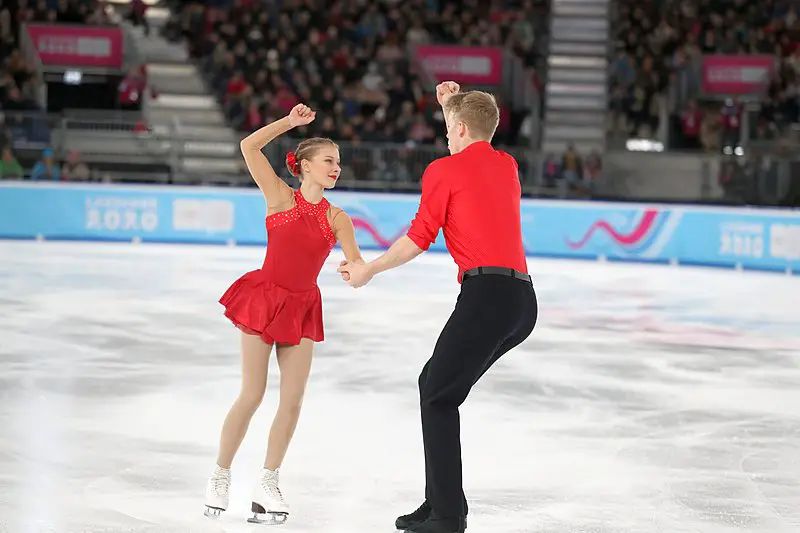Whether or not you live in a wintry climate, kids’ figure skating is a year-round activity that can lead to several other competitive youth sports. Or it might be a hobby your child will enjoy their whole life!
The basics: Skating starts with learning how to balance on skates and move from point A to point B, usually in a “Learn to Skate” or basic skills program.
From there, kids can branch out into freestyle figure skating, ice dancing, hockey, synchronized skating, or speed skating. And on dry land, roller skating or in-line skating!
Age kids can start: Toddlers of two and three years old can begin to skate, sometimes with a metal bar to hold onto for balance. Learn-to-skate lessons can begin at about age 4.
Skills needed/used: Flexibility, muscle strength, endurance, balance and coordination.
Best for kids who are: Patient and persistent—it can take time to see results. Figure skaters need to be both athletic and artistic.
Season/when played: Winter; many (but not all) indoor ice rinks are open year-round, and competitions happen year-round too.
Team or individual? Figure skating is performed individually, in pairs, or in small groups for artistic events. Synchronized skaters compete in teams. And don’t forget that boys can and do figure skate. In fact, they are in demand as pairs and dance partners!
Levels: The U.S. Figure Skating Basic Skills Program has a series of levels that young skaters pass through depending on their performance of specific sets of skills.
Competitive skaters also take a series of tests in several disciplines: moves in the field (formerly figures), freestyle, and dancing.
Appropriate for kids with special needs: Yes. Kids with intellectual and physical disabilities can even participate in a Special Olympics skating program.
Fitness factor: Recreational skating burns 250 calories or more per hour; the rate is higher for competitive figure skating. As with swimming, if your child is taking lessons, make sure they get plenty of active ice time (vs. waiting-their-turn time).
Equipment: To start, skates (can be rented at ice rinks) and warm clothing, especially water-resistant mittens or gloves. Helmets are recommended for kids 6 and under and all beginning skaters. As figure skaters progress, they will need costumes for performances and competitions. You will need to pay for ice skate sharpening after every four to six hours of ice time. (When you buy skates, find out if the retailer offers free sharpening.)
Costs: Group lessons for beginning skaters cost about $10/half-hour, often including rental skates. Rental skates cost a few dollars per session, as does open skate time. But competitive figure skating can be very expensive, when you add up costs for private coaching, gear, ice time, costumes, fees for tests and competitive events, and travel.
Once a figure skater is receiving private coaching, they typically join a figure skating club for access to ice time, as well as special events such as ice shows.
Time commitment required: For beginning skaters, weekly lessons (usually 30 minutes) and some practice time. As skaters progress, they will spend significantly more time on the ice. Serious skaters practice or take lessons at least four to five days a week, plus train off the ice. Competitive figure skaters also travel for testing and competitions. Top figure skaters may turn to homeschooling or online learning to balance skating and school commitments.
Potential injuries: Falls onto the hard surface of the ice can be risky, which is why novice skaters should wear helmets—and learn the correct way to fall down and get back up. More experienced skaters who do not wear helmets should know how to prevent and treat concussions.
Skaters can be susceptible to both overuse and traumatic injuries, usually to the hips, spine, or lower extremities. Get a tip sheet on preventing figure skating injuries from the American Orthopaedic Society for Sports Medicine.
Associations and governing bodies:
U.S. Figure Skating
Professional Skaters Association
Ice Skating Institute
If your child likes figure skating, also try: Roller skating or in-line skating; ballet; gymnastics; ice hockey; speed skating.
